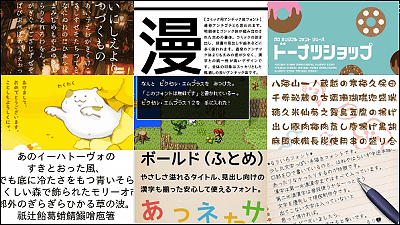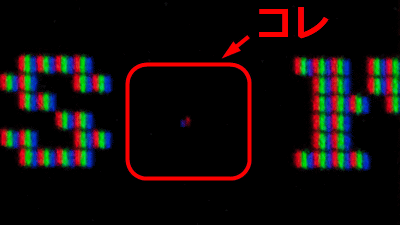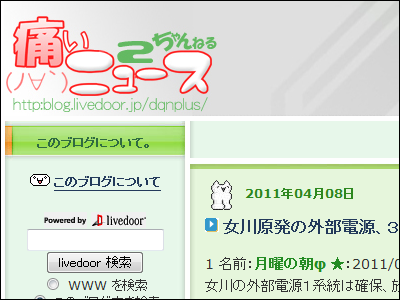25 years ago it was natural but almost extinct 'Dark Ages of the Web' that summarizes 'There is a website'

The history of the Internet itself can be traced back to the 1970s, but it is said that the Internet generally spread around 1994-1995. Dark Ages of the Web (the dark age of the Web), which is a collection of websites that were created in the early days of the Internet, has been published, and you can look back on the evolutionary process of the Internet.
Dark Ages of the Web
When you display Dark Ages of the Web, a GIF animation with a strong punch is placed from the beginning.
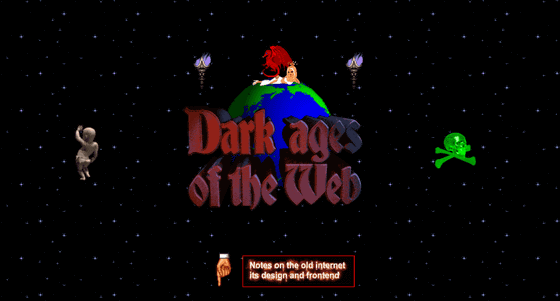
In addition, the site description is written in the form of a parody of the opening crawl familiar in the
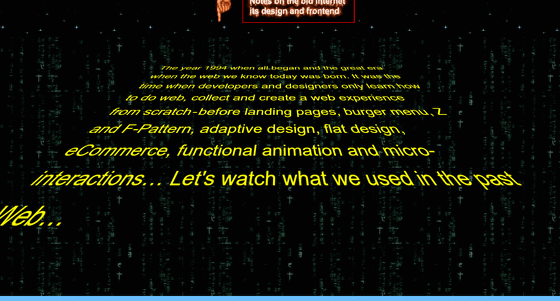
First of all, from the change in resolution. As of 2015, full HD resolution of 1920 x 1080 pixels was widespread, and at the time of article creation,

However, in 1997, the SVGA resolution of 800 x 600 pixels was commonplace. The resolution is much lower than it is now and even the aspect ratio of the screen is different. Unlike modern times, there are few web fonts, and it was often done to effectively display text while combining JavaScript and Flash in a narrow screen.
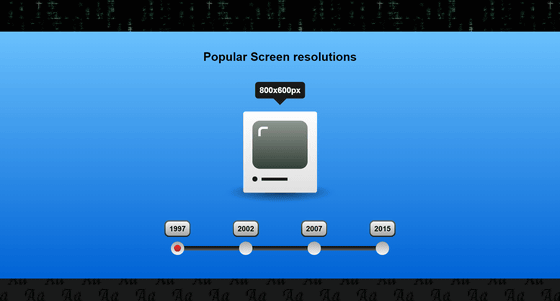
When creating a website in HTML, table tags were often used to create layouts. Dark Ages of the Web demonstrates a layout that is actually built using tables. 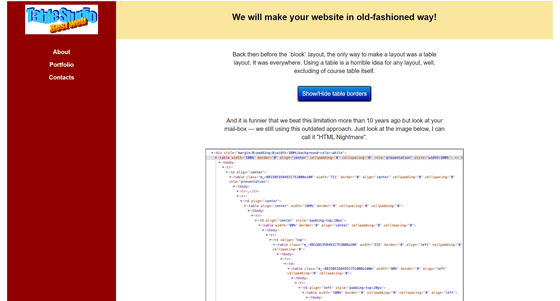
The word '
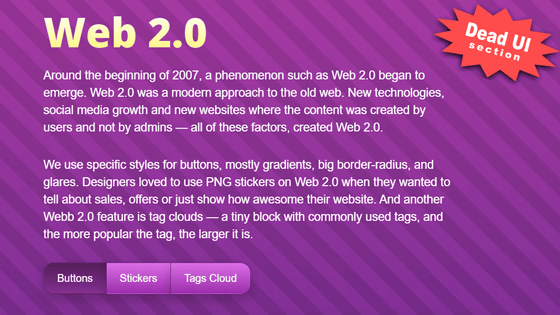
A tag cloud that visualizes the frequency distribution of keyword metadata was often used as a function installed in websites and blogs that recommend Web 2.0.
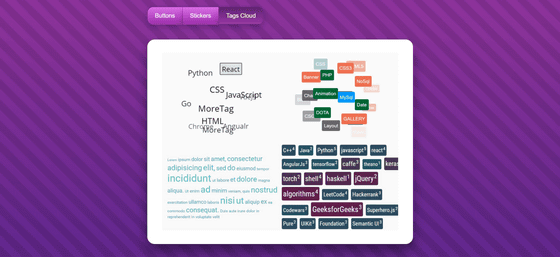
In addition, Adobe Flash Player, which will be
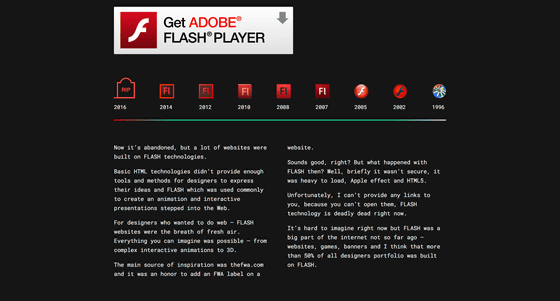
The guestbook is for people who visit the website to write their names and comments, and in some cases, the interaction between the website administrator and the viewer was created through the guestbook. In Japan, there was also a “Kiriban culture” that celebrated those who stepped on the numbers at the visitor counter.
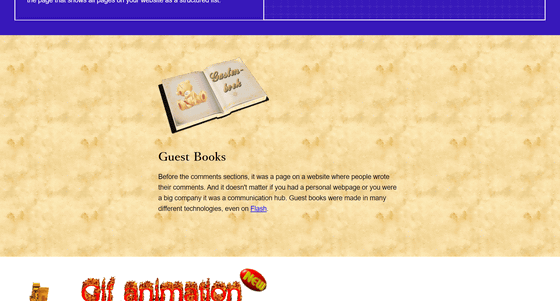
GIF animation was used to add some flair or novelty to a static website. In addition, some websites were designed with a BGM function that automatically plays MIDI files or changing the shape of the mouse pointer.
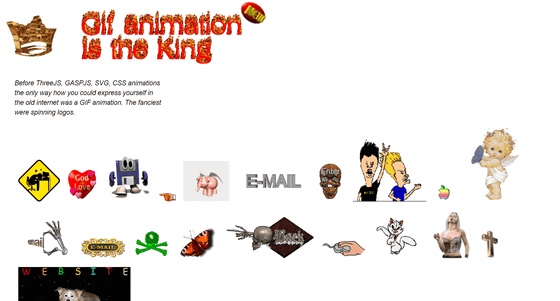
In addition, the 'past heritage' of the website UI is introduced, so if you are interested, please check it yourself.
Related Posts:
in Design, Posted by log1i_yk

